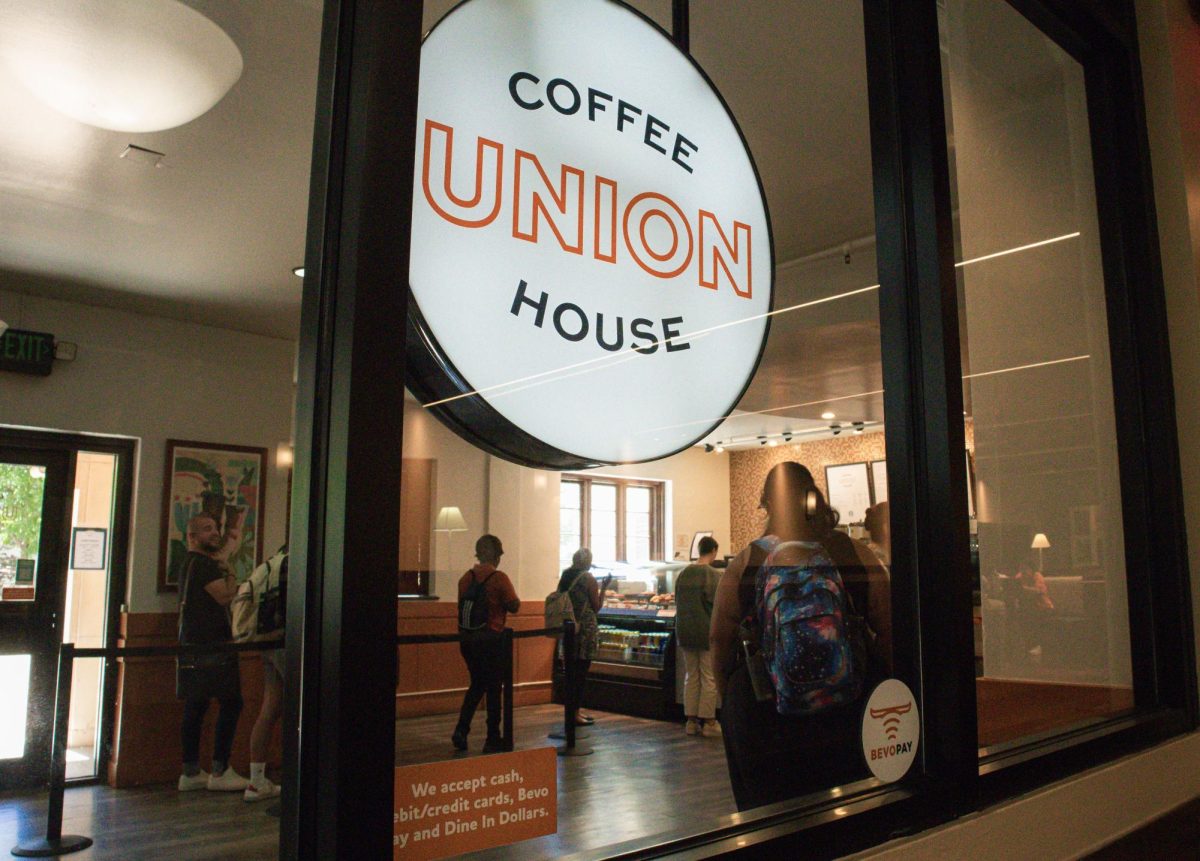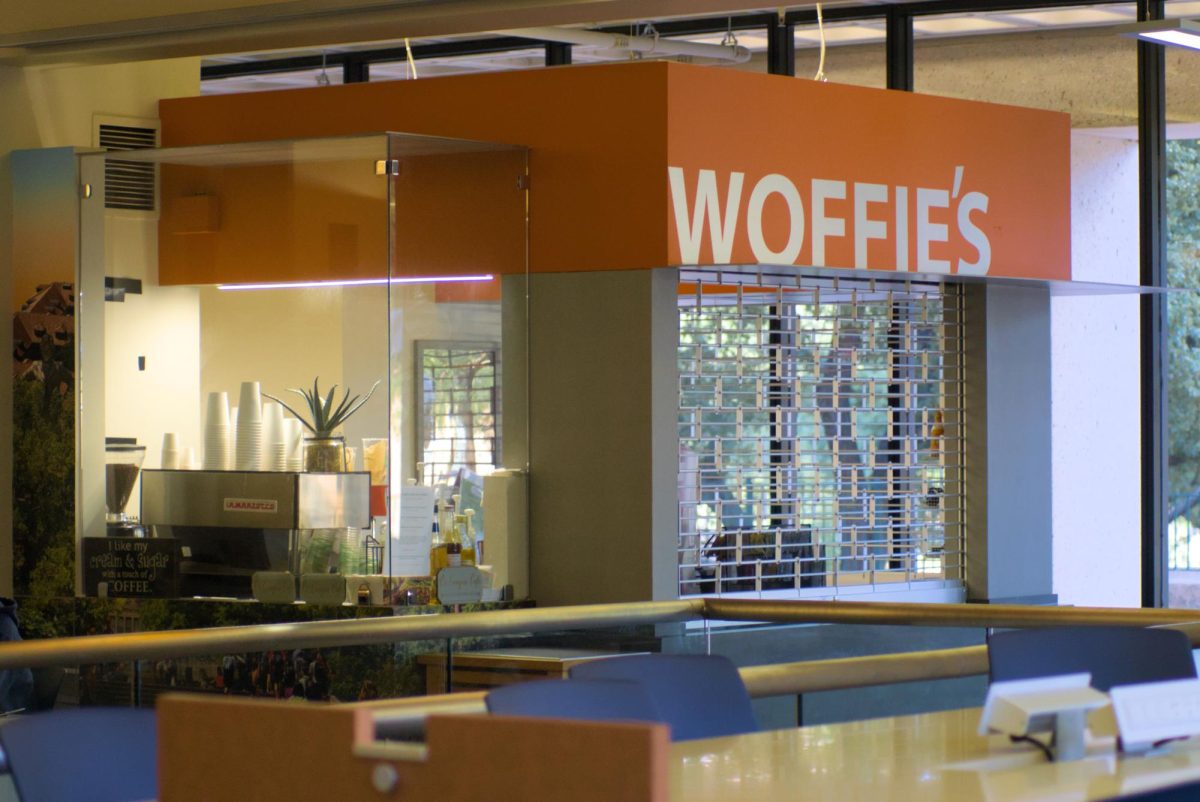Using cold temperatures for pain relief and healing damaged body tissues has been around for hundreds of years, but a UT professor is developing the first safety standards for cryotherapy in the field.
Cryotherapy is the practice of using cold temperatures to treat injury. It ranges from using ice baths for athletes, to immersion in full body tanks set below 50 degrees Fahrenheit, but over 1,500 injuries or deaths are reported from cryotherapy use in the U.S. each year.
Biomedical engineering professor Kenneth Diller has been working with Matthew Brothers at the University of Texas at Arlington to develop safety standards for cryotherapy, as well as a new device which uses a “high tech” approach to cryotherapy.
“The new device has some unique features,” Diller said. “It does not use ice or refrigerate gel packs, but rather uses a thermoelectric cooler, which allows it to be more precise.”
Diller’s device uses a technique known as contrast therapy, which alternates between periods of cooling and heating. Cooling causes blood vessels to constrict, starving the tissue of needed oxygen and nutrients and leading to cell death, especially in sensitive nerve cells. Heating reestablishes blood flow, bringing in fresh oxygen and nutrients, and flushes out any buildup of static fluid that might contribute to a person’s pain.
Sepideh Khoshnevis, a postdoctoral research assistant in Diller’s lab, said Diller was one of the first to develop a set of standard practices in cryotherapy.
“The thing about cryotherapy is that many times, it’s not scientifically done,” Khoshnevis said. “People have done it forever, for different reasons such as burn management, sport injury management, [but] it’s so commonly done that no one stops to question why it should be used or how it should be done.”
Biomedical engineering junior Ramya Ramachandran said scientists might be more interested in the actual research rather than safety guidelines.
“I feel like standards haven’t been developed because I feel like with all the large pressures placed on finding cures for diseases and problems, et cetera, people are more concerned with inventing new ideas and coming up with solutions first, rather than getting bogged down with details like safety protocols,” Ramachandran said.
Ramachandran also said the large scope of cryotherapy might be another explanation for the lack of safety protocols.
“It’s hard to create a set of safety protocols that [are] able to relate to a wide range of cryotherapy techniques.”





















